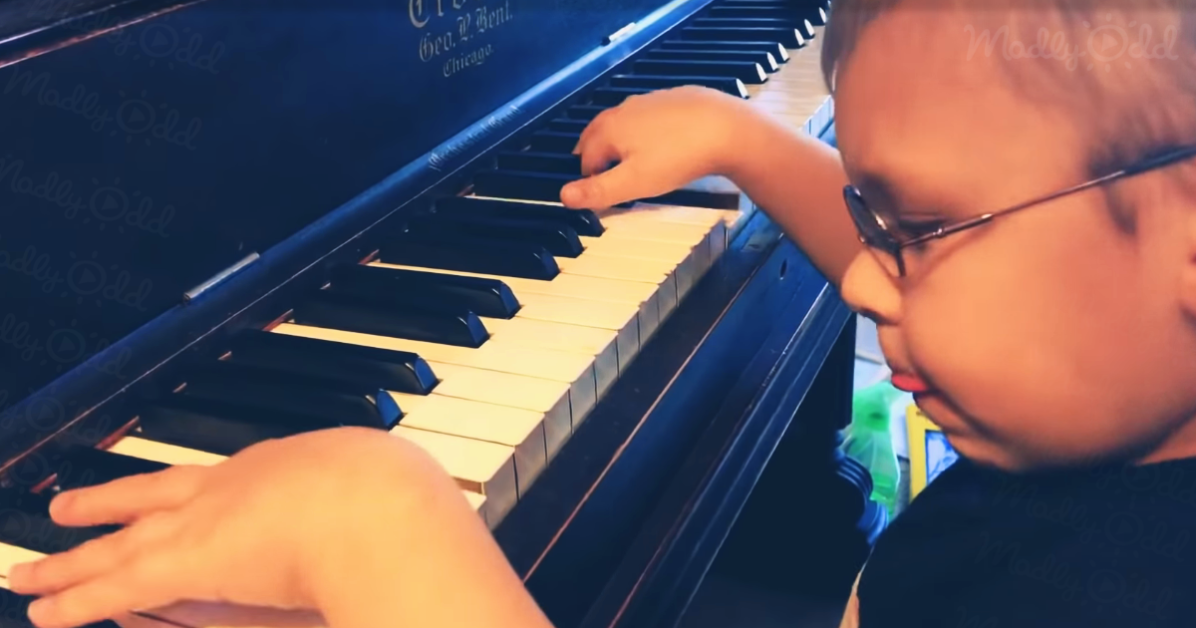

At the beginning of the last century, when education did not continue much past 13, teachers left players to sink or swim in a professional career from their early teens, as historical expert Tully Potter explains. This notion of protecting young players from overexposure is a relatively recent idea. It’s so easy for young players to burn out – they deserve a childhood and the time and space to grow.’


They need to be thinking about their own growth and development, as they will need to really dig deep into themselves to become great musicians. It’s vital for them to participate in school in a meaningful way in maths, science and literature, as it enriches their soul in the way that they need. ‘One of the most important things is that we help students to build a solid foundation as a player and as a person,’ she says, ‘so that this amazing talent does not get killed or squashed by being thrust into the limelight too soon. ‘Do you go to concerts? Do you go to operas? Do you go to museums? Are you a broad sort of a person?’Ĭatherine Cho is on the faculty of the pre-college division of New York’s Juilliard School, which takes very talented children from as young as seven years old. ‘She would look for what else you do, besides the violin,’ he said. Itzhak Perlman spoke recently in the New York Times about Dorothy DeLay’s approach, which was to ensure that her pupils’ range of interests extended well beyond their chosen instrument. Gifted young players need very careful handling if they are to fulfil their musical potential but also develop into well-rounded adults. Hassid is an extreme example, but public exposure and adulation at an early age can prove overwhelming. He was given a lobotomy at the age of 26 and died in the same year. There he gave concert performances and made recordings for HMV, but he suffered a nervous breakdown at 18 and was diagnosed with schizophrenia. Hailed by Carl Flesch as the greatest talent he had ever encountered, Hassid made his first public appearance in 1932 at the age of eight and came to London at fifteen. But there are also horror stories, such as that of early 20th-century Polish violinist Josef Hassid. There are many success stories of players who, like Vengerov, were hailed as prodigies and went on to build great careers as adults – including Nigel Kennedy, Hilary Hahn, Midori and Sarah Chang (pictured). By this stage he could already play the Mendelssohn E minor Concerto and Lalo’s Symphonie espagnole. Maxim Vengerov is a typical example of this: at the age of seven he would practise for seven or eight hours a day, beginning in the evening and sometimes carrying on until 4am, and would then go out and play on his tricycle in the snow. They will play their instruments for many hours a day and often do not have to be encouraged to do so, as their desire and motivation are so strong.’

What exactly defines a prodigy? Nicolas Chisholm, head of the Yehudi Menuhin School in Surrey, explains that it has some strange connotations: ‘Prodigy is a dangerous word – it derives from the Latin prodigium, meaning “monster!’ Rather than over-using the word, Chisholm talks more in terms of children being very talented musically, and offers some key pointers in determining whether a child comes into this category: ‘Musically gifted children have an unusual passion for music and the desire to express themselves through music. The following article about musical prodigies first appeared in The Strad's April 2009 issue. Read about White’s historic debut in our June 2021 issue. This month we’re remembering musical groundbreakers, including violinist Joseph White, whose debut with the New York Philharmonic in 1875 made history as the first time a black soloist had appeared with that orchestra.


 0 kommentar(er)
0 kommentar(er)
